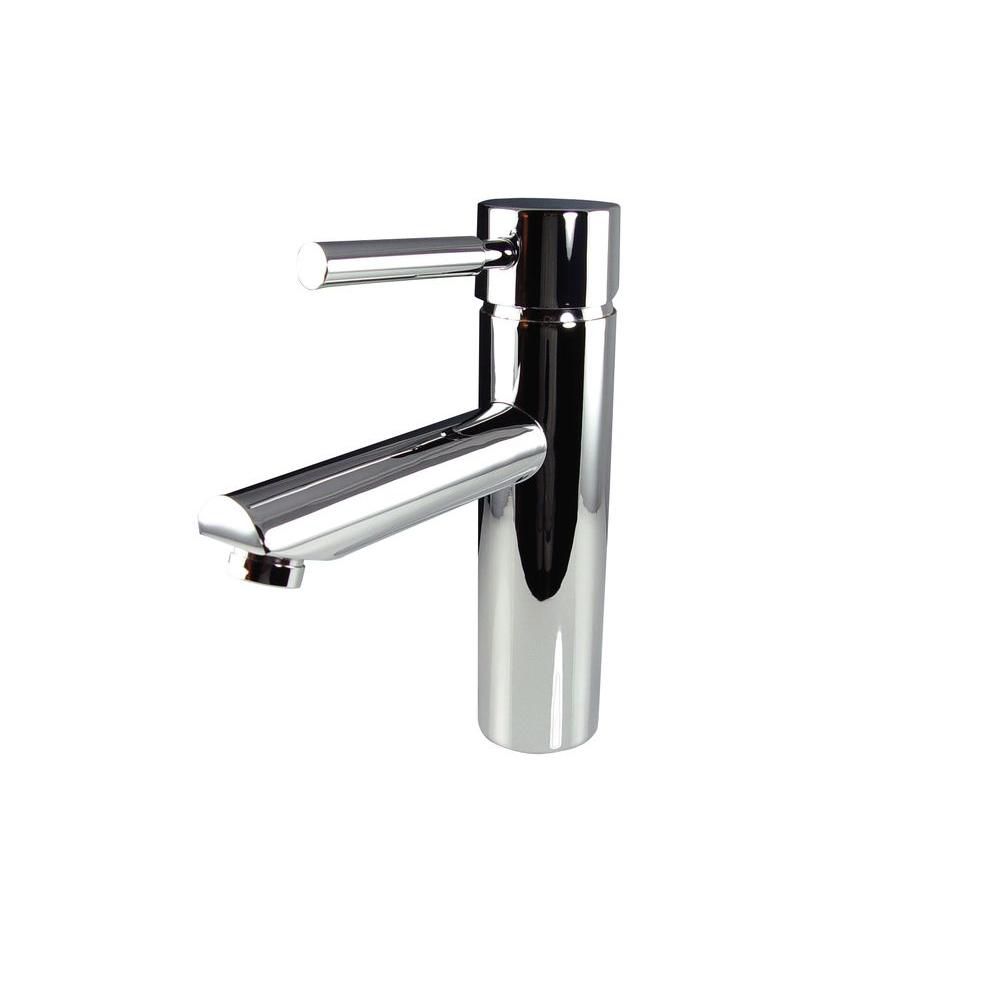
A faucet is a tool for delivering drinking water from a domestic plumbing system. It could consist of the next components: spout, handle(s), lift rod, cartridge, aerator, mixing up chamber, and normal water inlets. If the handle is turned on, the valve opens and handles the stream adjustment under any heat range or normal water condition. The faucet person is usually made of brass, though die-cast zinc and chrome-plated plastic are being used also.
The majority of personal faucets are dual-control or solitary cartridge faucets. Some single-control types use a plastic or metal core, which operates vertically. Others use a steel ball, with spring-loaded silicone seals recessed in to the faucet body. The less costly dual-control faucets contain nylon cartridges with plastic seals. Some faucets have a ceramic-disc cartridge that is a lot more durable.
Faucets must adhere to water conservation regulations. In the United States, bath basin faucets are now limited to 2 gal (7.6 L) of water per minute, while shower and tub faucets are limited by 2.5 gal (9.5 L).
Faucets run typically eight minutes per capita each day (pcd), corresponding to a study by the North american Water Works Association Research Base completed in 1999 that was based on normal water use data accumulated from 1,188 residences. In daily pcd use indoor normal water use was at 69 gal (261 L), with faucet use third highest at 11 gal (41.6 L) pcd. In residences with water-conserving fixtures, faucets changed up to second at 11 gal (41.6 L) pcd. Tap use was related to home size. The addition of teens and adults increases water use. Faucet use is also negatively related to the number of persons working beyond your home and is lower for those who have an automated dishwasher.The processing process for faucets is becoming computerized highly, with computers managing most of the machines. Production and efficiency have thus increased over time.
Production and efficiency have better over time. The basic process includes forming the main body of the faucet (some-times including the spout if no swivel is necessary), applying a finish, and assembling the various components then, accompanied by inspection and packaging. The faucet industry in addition has been influenced by environmental regulations, that have required special processes to be developed.
Komentar
Posting Komentar